The Unlocked Wrist: Why Full Android Smartwatches Are the Power User's Ultimate Choice Over Wear OS

Introduction: Beyond the Walled Garden – A New Philosophy for Your Wrist
In the rapidly maturing world of wearable technology, the definition of a "smartwatch" has largely been dictated by a few dominant players. The prevailing philosophy poses a simple question: is a smartwatch a satellite accessory, a convenient, glanceable extension of the supercomputer in your pocket? Or can it be something more—a powerful, independent computer in its own right, residing on your wrist? This question lies at the heart of a deep divide within the Android wearable ecosystem. On one side stands the polished, curated, and fundamentally phone-dependent world of Google's Wear OS, a platform designed for seamless integration and simplicity. On the other, a vibrant and untamed landscape of "full Android" smartwatches, devices that run a complete, unrestricted version of the mobile operating system, offering a degree of freedom and functionality that mainstream competitors simply cannot match.
While Wear OS and Apple's watchOS provide a safe, intuitive, and highly refined experience for the average consumer, their elegance is a product of their limitations. They operate within a carefully constructed "walled garden," offering optimized apps and streamlined interactions at the cost of true autonomy and versatility. This blog will present a comprehensive analysis arguing that for the enthusiast, the tinkerer, and the power user who demands ultimate control, the full Android OS smartwatch represents the pinnacle of wearable technology. It is a device that sheds the identity of a mere accessory to become a true wrist-worn computer, challenging the very definition of what a smartwatch can and should be.
1. A Tale of Two Androids: Deconstructing the Foundational Difference
To fully appreciate the capabilities of a full Android smartwatch, one must first understand the crucial technical and philosophical distinction that separates it from its more common Wear OS counterpart. Though both are built upon the foundation of Android, their approaches to the wearable form factor are fundamentally different, leading to vastly divergent user experiences and capabilities.
Core Concept: Platform vs. Operating System
The confusion between the two systems is understandable, as Wear OS is, at its core, based on Android. However, the relationship is more nuanced. Think of it this way: Android is the underlying operating system, the foundational code that interfaces directly with the hardware. Wear OS, formerly known as Android Wear, is a specialized software platform or distribution that runs on top of that Android base.
Wear OS as a "Platform": Google develops Wear OS as a closed-source, licensed software bundle specifically tailored for the small-screen, low-power environment of a watch. Its entire design philosophy is centered on being a companion to a smartphone. The user interface is built around glanceable "Tiles" for quick information, "Complications" on the watch face for data snippets, and a notification system designed to mirror and manage alerts from the paired phone. The app ecosystem is a curated subset of the Google Play Store, featuring applications that have been specifically optimized by developers for the Wear OS platform. This approach ensures a polished, consistent, and user-friendly experience out of the box. Major manufacturers like Samsung, Google, and OnePlus license this platform for their devices, creating a relatively standardized software experience across different hardware.
Full Android as the "Operating System": In stark contrast, what the enthusiast community refers to as "full Android" or "Android OS" smartwatches do not run this specialized Wear OS platform. Instead, they run a more complete version of the Android Open Source Project (AOSP)—essentially, the same core operating system that powers a smartphone, adapted for a watch form factor. Manufacturers like Kospet, Lemfo, and Zeblaze take this open-source code and build their own custom user interfaces on top of it, but the underlying system remains largely unrestricted. This means the device is not conceived as an accessory but as a standalone, general-purpose computer.
The choice between these two systems is therefore not merely technical; it is a philosophical one. It is the choice between a curated appliance, designed to perform a specific set of tasks with elegance and ease, and a general-purpose tool, which offers limitless potential at the cost of that out-of-the-box refinement. The former is an assistant; the latter is a toolkit. For the user who wants to define the limits of their device, rather than have them predefined, the toolkit is the only logical choice.
Addressing the "Jank" Factor
It is crucial to acknowledge a common criticism leveled against full Android watches. User experiences can sometimes be described as "janky," with less-than-stellar build quality compared to premium offerings from Samsung or Apple. This is not an unfounded critique but rather a direct and predictable consequence of the platform's core philosophy. When you run a full-fledged application like a web browser or a video player—apps designed for a 6.5-inch rectangular screen—on a 1.6-inch circular display, the user interface will not always be perfectly optimized. This perceived "jank" is the price of uncompromised freedom. For the power user, the ability to run any app, even imperfectly, is a far more valuable proposition than being restricted to a small library of perfectly optimized but limited applications. It is a trade-off that prioritizes capability over curated simplicity, a bargain that the target audience for these devices is often more than willing to make.
2. The Power of Unrestrained Functionality: What a Full OS Truly Unlocks
The decision to run a complete mobile operating system on a watch is not an arbitrary one; it unlocks a tier of functionality that is simply unattainable on companion-style platforms like Wear OS and watchOS. This approach transforms the device from a passive information display into an active, independent tool capable of complex tasks.
The Entire Google Play Store on Your Wrist
This is arguably the single most significant advantage of a full Android smartwatch. While Wear OS provides access to a dedicated, curated section of the Play Store containing apps specifically built for wearables, a full Android watch can, in principle, install and run almost any application available on the full Google Play Store. The implications of this are profound.
It means a user can watch YouTube videos directly on their wrist, browse the full desktop version of a website in a mobile browser, manage files, or even play graphically intensive 3D games. Full-featured versions of social media and communication apps like Instagram, TikTok, and WhatsApp can be installed, allowing for a level of interaction that goes far beyond the simple notification replies offered by Wear OS. This capability effectively places the functional power of a mid-range smartphone from a few years ago directly onto your wrist, a feat that remains in the realm of science fiction for mainstream smartwatches.
True Cellular Independence: The Wrist-Phone Realized
While many Wear OS and Apple Watch models offer LTE connectivity, they are designed to function as an extension of a primary phone line. A full Android smartwatch takes a different approach, offering true, untethered independence. The vast majority of these devices feature a physical Nano-SIM card slot, allowing them to connect to global 4G LTE networks with their own dedicated phone number and data plan.
This fundamentally redefines the device's purpose. It is no longer just an accessory for leaving your phone in a gym locker for an hour; it can serve as a complete, standalone communication device. For an athlete, it can be a primary phone for a long run or bike ride without the bulk of a handset. For a professional, it can be a discreet backup phone. It can even be a primary communication device for a child, offering calls and location tracking without the distraction of a full smartphone. This is not temporary, tethered autonomy; it is genuine device independence.
Hardware Without Handcuffs
The "miniaturized phone" architecture of full Android watches enables hardware configurations that are unheard of in the mainstream market, further expanding their capabilities.
-
Integrated Cameras: A defining feature of many full Android watches is the inclusion of one or even two cameras. The Kospet Optimus 2, for instance, features a remarkable 13MP Sony sensor that can be rotated for use as both a main camera and a selfie camera. The Zeblaze Thor 5 Pro incorporates a dual 5MP camera system. This hardware allows for on-the-fly photo and video capture, as well as genuine video calls on platforms like WhatsApp or Google Meet, directly from the wrist—a feature set that remains absent from any offering by Apple, Google, or Samsung. The camera's LED can also double as a surprisingly powerful flashlight, adding another layer of utility.
-
Massive Specifications: To effectively run a full mobile OS and its demanding applications, these watches are often equipped with specifications that dwarf their Wear OS counterparts. It is common to find models from Kospet, Lemfo, and Zeblaze boasting 4GB or even 6GB of RAM and internal storage capacities of 64GB or 128GB. For comparison, a flagship device like the Samsung Galaxy Watch 8 comes with 2GB of RAM and 32GB of storage. This surplus of memory and storage is not for vanity; it is a necessity that enables smooth multitasking and the ability to store a vast library of apps, media, and files directly on the device.
-
Larger Batteries: Recognizing the higher power demands of a full OS, manufacturers often equip these watches with significantly larger batteries. The Kospet Optimus 2 includes a 1260mAh battery, and the Zeblaze Thor Ultra contains a 930mAh cell. These figures stand in stark contrast to the 410mAh battery in the Samsung Galaxy Watch 5 or the 307mAh battery in the 41mm Google Pixel Watch 3. While the power-hungry nature of the OS means that battery life can still be a challenge under heavy use, this hardware-first approach provides a buffer that allows for multi-day use, especially when utilizing built-in power-saving or "lite" modes.
3. The Essential Toolkit: Supercharging Your Full Android Watch
The open and unrestricted nature of the full Android OS is both its greatest strength and a source of some of its inherent challenges. Unlike the tightly integrated Wear OS ecosystem, the out-of-the-box experience can lack some of the seamless connectivity and polish that mainstream users expect. However, this perceived gap has been brilliantly filled by a dedicated community of third-party developers. Two applications in particular, WatchClockSkin and Watch Droid Assistant, have become so essential that they are considered by many enthusiasts to be a core part of the full Android watch experience, transforming the device from a powerful piece of hardware into a truly refined and personalized tool.
Mastering Aesthetics with WatchClockSkin
One of the most compelling aspects of a traditional timepiece is its face—a canvas for expressing style and displaying information. While Wear OS and watchOS offer curated galleries of watch faces, the full Android ecosystem provides a level of customization that is orders of magnitude greater, primarily through the "Clockskin" format.
"Clockskin" is a specific file format for custom watch faces designed exclusively for full Android watches; these are not compatible with Wear OS devices. This format allows designers to create incredibly complex and beautiful faces, from photorealistic digital replicas of iconic luxury mechanical watches to data-rich dashboards that display a wealth of information. The community of creators, particularly active on forums like XDA Developers, has produced tens of thousands of these skins, available for free download.
To use these faces, users typically install a dedicated application like the "Clock Skin" app or a custom launcher such as "Universal Launcher". These tools allow a user to browse their downloaded skins and apply them with a single tap. This process unlocks a near-infinite level of personalization, allowing the watch's appearance to be tailored to any occasion, outfit, or personal taste. This stands in stark contrast to the limited, often paid, and developer-gated watch face options available on the official Wear OS Play Store or the even more restrictive, Apple-controlled selection on watchOS.
Bridging the Connectivity Gap with Watch Droid Assistant
While full Android watches excel as standalone devices, their native ability to act as a seamless companion to a smartphone can be less refined than that of Wear OS. This is the challenge that the Watch Droid suite, developed by Lumatic Software, was created to solve. Comprising two apps—"Watch Droid Phone" for the smartphone and "Watch Droid Assistant" for the watch—this powerful toolkit establishes a stable and highly functional Bluetooth link that elevates the device's companion capabilities far beyond the default handling.
User reviews praise the application as "awesome" and confirm that its connection is reliable and "beats the default notification handling hands down". Its key features are not just convenient; they are transformative:
-
Advanced Notification Management: Watch Droid allows users to receive and interact with notifications from any app on their phone. More importantly, it provides multiple ways to respond directly from the watch, including a list of user-predefined quick replies, a full keyboard, or voice dictation (on supported watches). This turns the watch into a true communication hub, not just a passive alert system.
-
Robust File Sharing: The application facilitates the seamless transfer of files from the phone to the watch's large internal storage. This is perfect for loading entire music albums, podcast episodes, audiobooks, or even important documents for offline access, leveraging the superior storage capacity of these devices.
-
Remote Phone Control: Watch Droid provides a suite of remote control functions. Users can manage music playback on their phone, controlling volume, play/pause, and track skipping. It also acts as a remote shutter for the phone's camera, with the advanced ability to switch between the front and rear cameras directly from the watch interface.
The existence and popularity of Watch Droid Assistant highlight a core tenet of the full Android watch philosophy. It is a tinkerer's paradise, a platform where the community actively identifies challenges and engineers elegant solutions, ultimately creating an experience that is more powerful and customizable than what is offered by default in more closed ecosystems.
4. The Mainstream Matchup: A Feature-by-Feature Takedown
When placed in a direct comparison, the philosophical differences between full Android OS, Wear OS, and watchOS manifest as clear, tangible advantages and trade-offs across several key areas. While mainstream platforms prioritize a polished, integrated experience, full Android OS consistently offers greater power, freedom, and versatility for the user who is willing to engage with the technology on a deeper level. The following table provides a direct, at-a-glance comparison of the core capabilities of each platform.
The analysis presented in the table reveals a clear pattern. Wear OS and watchOS excel in providing a high degree of "out-of-box" polish and seamless integration within their respective ecosystems. Their strength lies in their optimization and ease of use. However, this polish is achieved through strict control over the app ecosystem, hardware configurations, and customization options.
Full Android OS, conversely, trades some of that initial polish for an unparalleled degree of freedom. The ability to access the entire Google Play Store fundamentally changes the device's utility, transforming it from a notification-and-fitness device into a multipurpose computer. Its true standalone functionality, enabled by independent SIM card support, offers a level of autonomy that tethered LTE models cannot match. Furthermore, the hardware diversity—including features like integrated cameras and massive batteries—and the near-limitless visual customization through the Clockskin community, place it in a category of its own for users who prioritize capability and personalization above all else.
5. Curating Your Choice: A Guide to the Full Android Market
Navigating the world of full Android smartwatches can be daunting, as it exists largely outside the mainstream retail channels dominated by Samsung, Apple, and Google. However, a few key brands have emerged as leaders in this niche, consistently producing innovative and powerful devices that cater to the enthusiast community.
The Key Players in the Niche
For those looking to enter this market, three brands stand out for their quality, features, and community support:
-
Kospet: Widely regarded as a pioneer in the space, Kospet is known for producing rugged, feature-packed watches with powerful specifications. Models like the Kospet Optimus 2 have become benchmarks, celebrated for their large batteries, powerful processors, and unique features like rotating cameras. The brand focuses on durability and high performance, often appealing to users who want a device that can serve as a true smartphone replacement.
-
Lemfo: Lemfo offers a broad portfolio of full Android watches, catering to various price points and feature sets. From more budget-conscious models to high-end devices with significant RAM and storage, Lemfo provides a wide range of options for consumers. They are a well-established player in the market with a long history of producing these types of devices.
-
Zeblaze: Zeblaze often combines the power of a full Android OS with a focus on aesthetics and design. Their "Thor" series of watches, for example, is known for its stylish appearance, often incorporating premium materials like ceramic bezels and high-quality AMOLED displays, without sacrificing core features like 4G LTE and Google Play Store access.
Flagship Model Specifications
To provide a concrete sense of the hardware available, the table below compares the specifications of flagship models from these leading brands. This data illustrates the high-performance nature of these devices, particularly in contrast to their more mainstream Wear OS counterparts.
Where to Buy: Navigating the Niche Market
Finding and purchasing these specialized devices requires looking beyond typical electronics stores. While this report was prompted by a user query that included a specific recommendation for iTechVista.com, it is important to note that this retailer appears to be a preferred vendor within the enthusiast community. For broader availability and direct-from-source purchasing, prospective buyers should turn to more established channels.
The most common and reliable places to purchase full Android smartwatches are large international online marketplaces, with AliExpress being a primary hub for brands like Kospet, Lemfo, and Zeblaze. Additionally, many of these manufacturers operate their own official direct-to-consumer websites, such as Kospet.com and Zeblaze.info, which often provide the latest models, accessories, and customer support. Purchasing from these sources ensures access to the full range of products and the latest releases in this dynamic market.
Conclusion: The Smartwatch for the True Technologist
The landscape of wearable technology is not monolithic. The decision between a full Android OS smartwatch and a mainstream Wear OS or watchOS device is not a simple matter of which is universally "better," but rather a question of user philosophy. The mainstream options offer a superb experience for those who view a smartwatch as a polished and convenient accessory—an elegant extension of their smartphone that simplifies notifications, tracks fitness, and integrates seamlessly into a curated digital life. They are excellent at what they are designed to do.
However, for a growing class of users—the technologists, the power users, the hobbyists, and those who simply refuse to accept prescribed limitations—this model is insufficient. For those who see their wrist as valuable real estate for more than just mirrored alerts, the full Android OS smartwatch stands alone. It is a powerful, versatile, and endlessly customizable tool. It is a device that embraces complexity in the pursuit of capability, trading the frictionless ease of a closed ecosystem for the boundless potential of an open one. For the individual who wants to install a web browser, make a video call, manage a file system, or run a command-line terminal from their wrist, the full Android OS watch is not just a better choice; it is the only choice that offers true, uncompromising technological freedom. To unlock the full potential of wearable computing, one must be willing to step outside the walled garden.
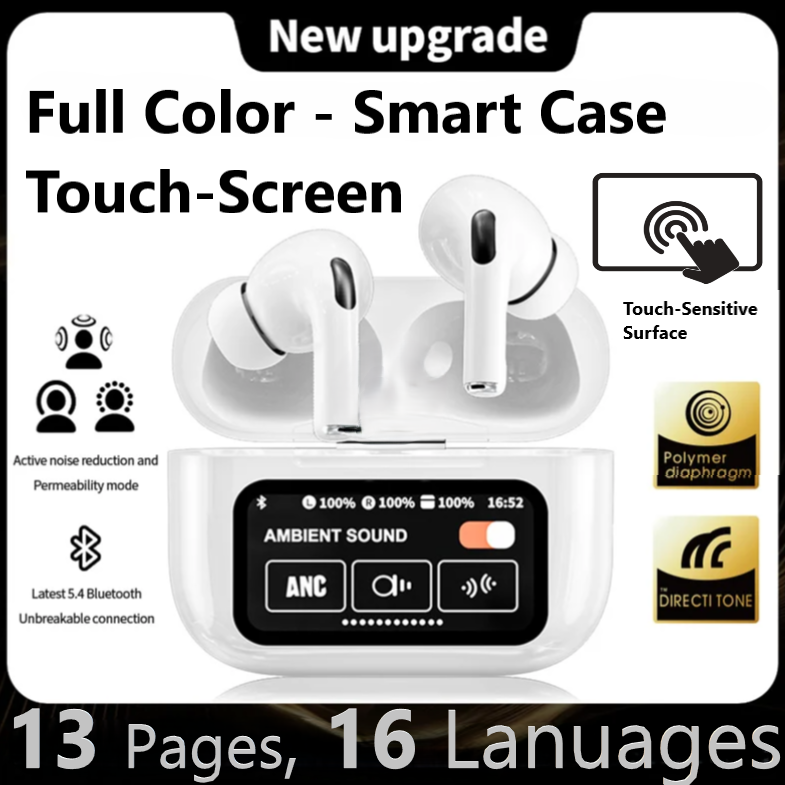

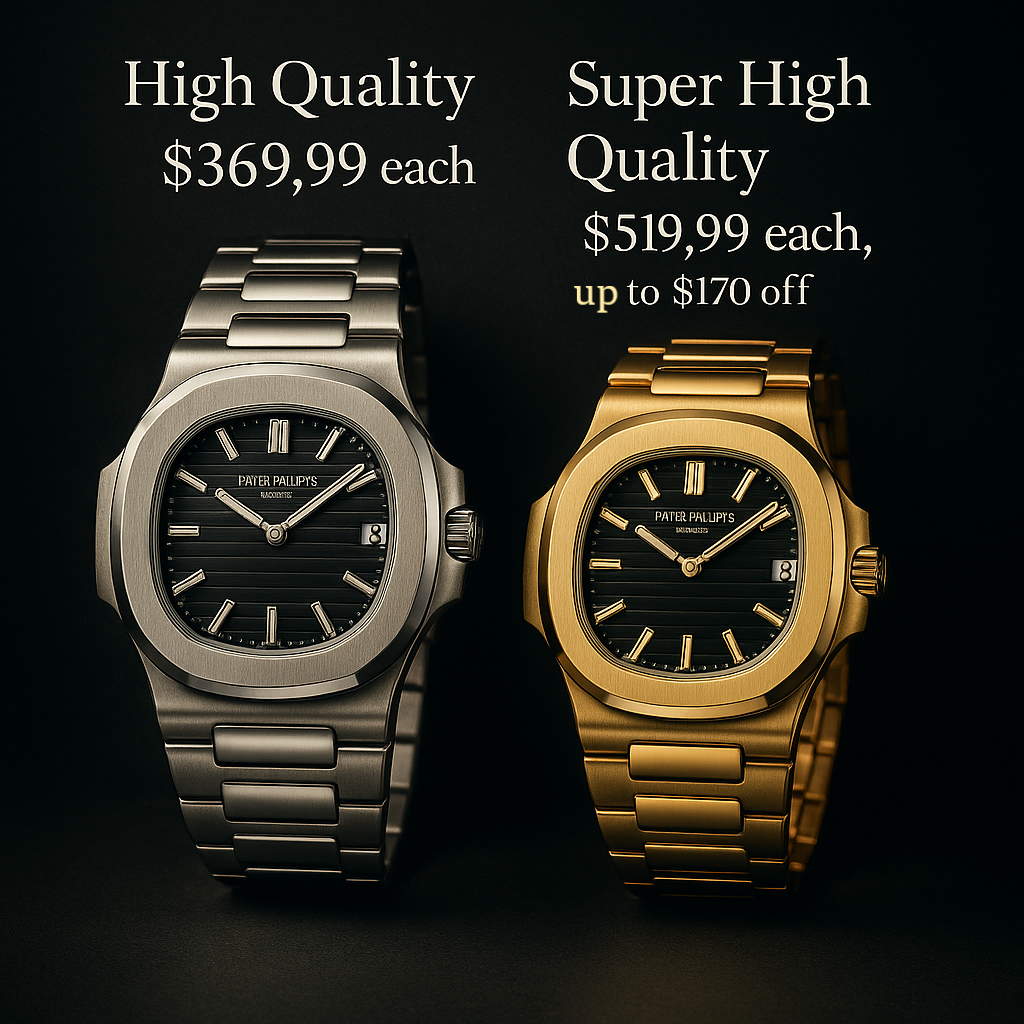


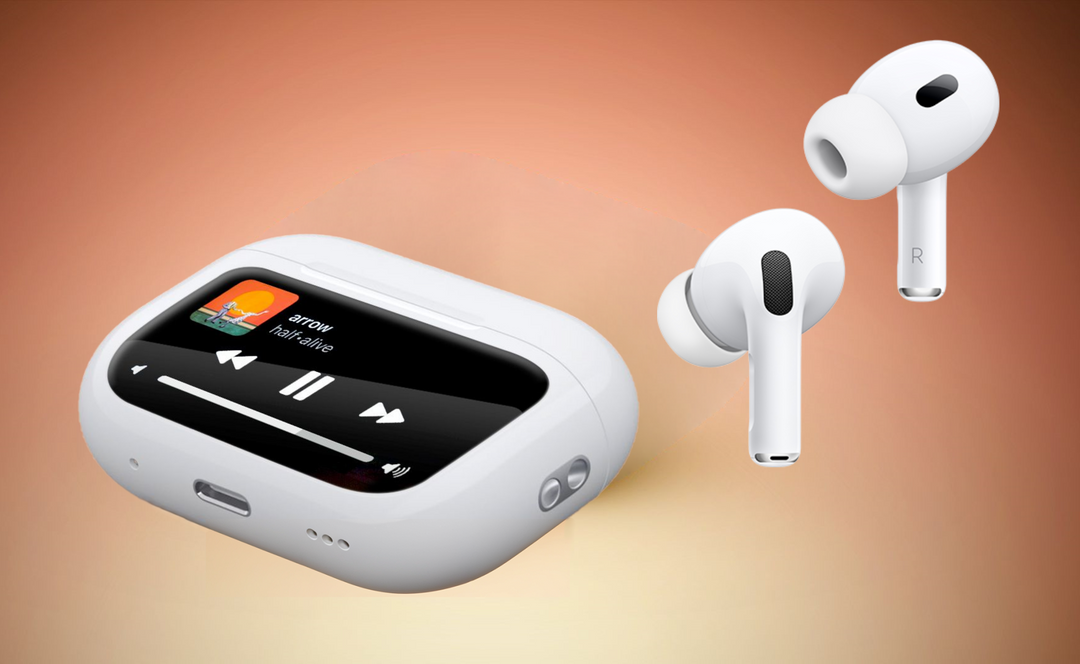
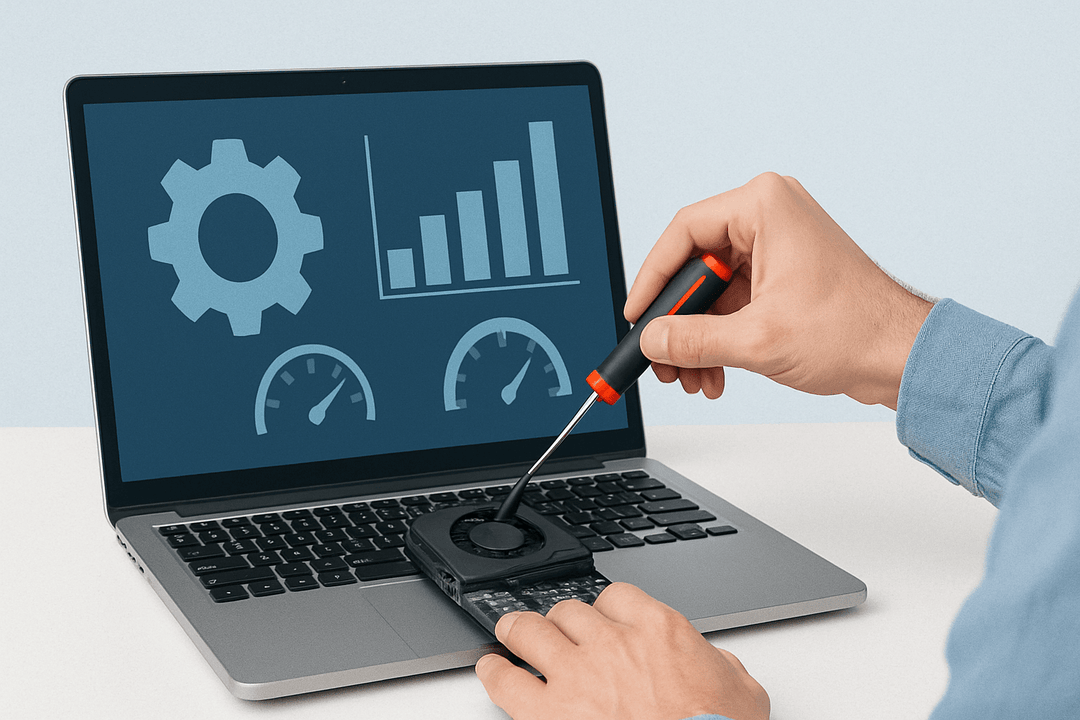
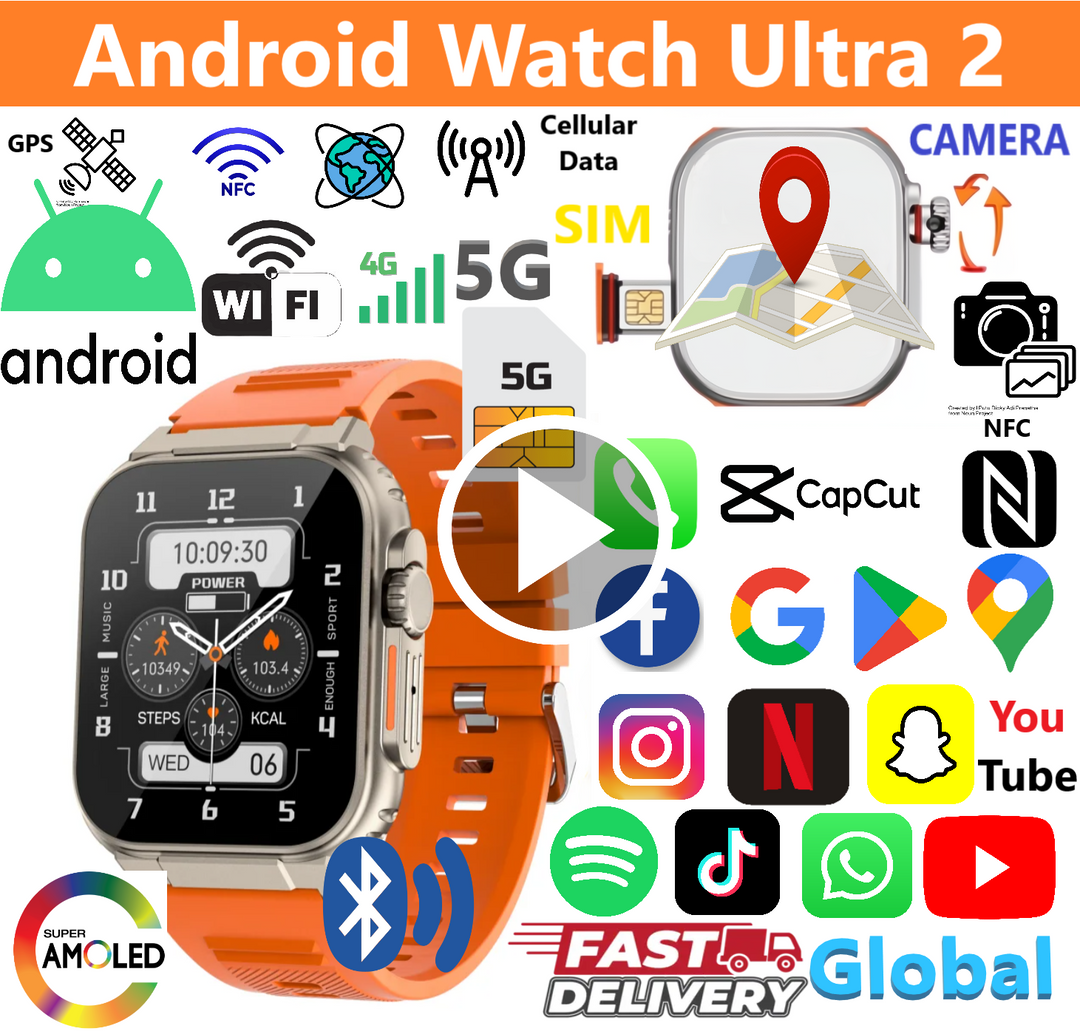
Dejar un comentario